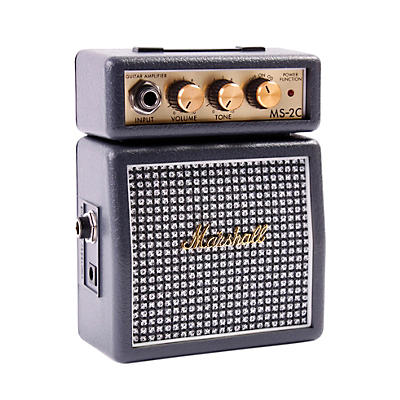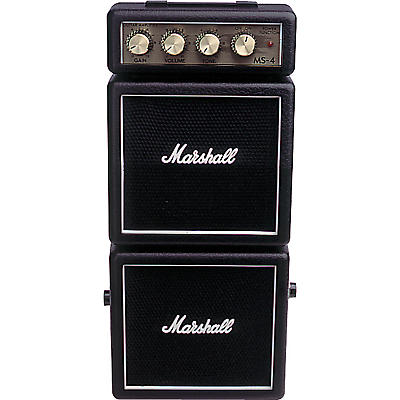true
Why Shop With Us?
Free Shipping
Free Standard Ground shipping (48 contiguous states, some overweight and Used/Vintage items excluded).
Orders placed before 3 p.m. ET usually ship the same business day.
Learn More2-Year Free Warranty on Guitars
Every guitar or bass you purchase from Musician's Friend (electric or acoustic, New or Open Box) includes two years of protection from manufacturer defects.
Contact Us for DetailsWe're Here for You
Our Gear Advisers are available to guide you through your entire shopping experience. Call or Chat for expert advice and to hear the latest deals.
Contact UsContact Us
Call Now
800-449-9128
Hablamos Español
866.226.2919
Let's Chat
Live Chat
Hours:
MON - FRI 5 AM - 8 PM PT
SAT 6 AM - 6 PM PT
SUN 6 AM - 5 PM PT
800-449-9128
{
"sourceCodeId" : "61001562",
"sourceName" : "DIRECTSOURCECODE2",
"sourceSegment" : "direct",
"profileZipcode" : "",
"profileStoreId" : "",
"profileStoreName" : "",
"profileID" : "10535777229",
"isInternational": "false",
"isWarrantyShippable": "true",
"isInternationalCommerceEnabled": "true",
"currencySymbol": "$",
"cookieLoggedIn" : false,
"richRelevanceMode":"render",
"richRelevanceApiKey":"46baeda9936d6a41",
"richRelevanceUserId":"",
"richRelevanceSessionId":"5ff676f7bed2bb97d36f769c3377f25e",
"rrBaseUrl":"//recs.richrelevance.com/rrserver/",
"rrChannelId":"-",
"rrMobileChannelId":"c6e0f249ecc40744",
"hashedUserIdForCriteo":"",
"rrTimeout":"10000",
"isEducatorAccount": "false",
"sessionIsDC": "false",
"fullyLoggedIn" : false,
"isMobile":"false",
"isProp65User":"",
"JSESSIONID":"",
"enableTwoDayShipMessage":"true",
"enableAskUserLocation":"true",
"showEloyalty": "true",
"loyaltyName":"rewards",
"showLoyalty":"true",
"loyaltyUser":"",
"loyaltyPoints":"",
"showCheckoutLoyalty":"true",
"callCenterNumber" : "800-449-9128",
"liveChat" : "false",
"doNotSell":""
}
Why Shop With Us?
Spring Sale! Get up to 35% off or call
800-449-9128
or
chat for the best deals
Shop by Category






































































































































